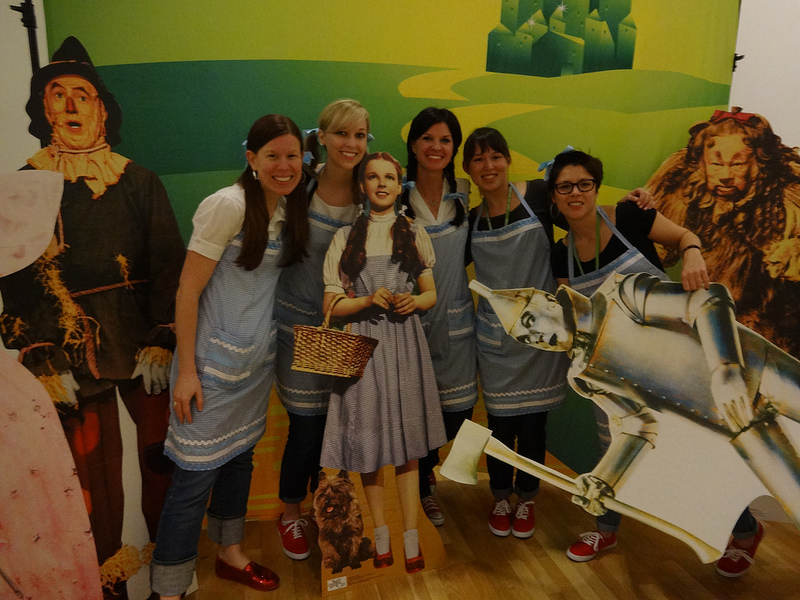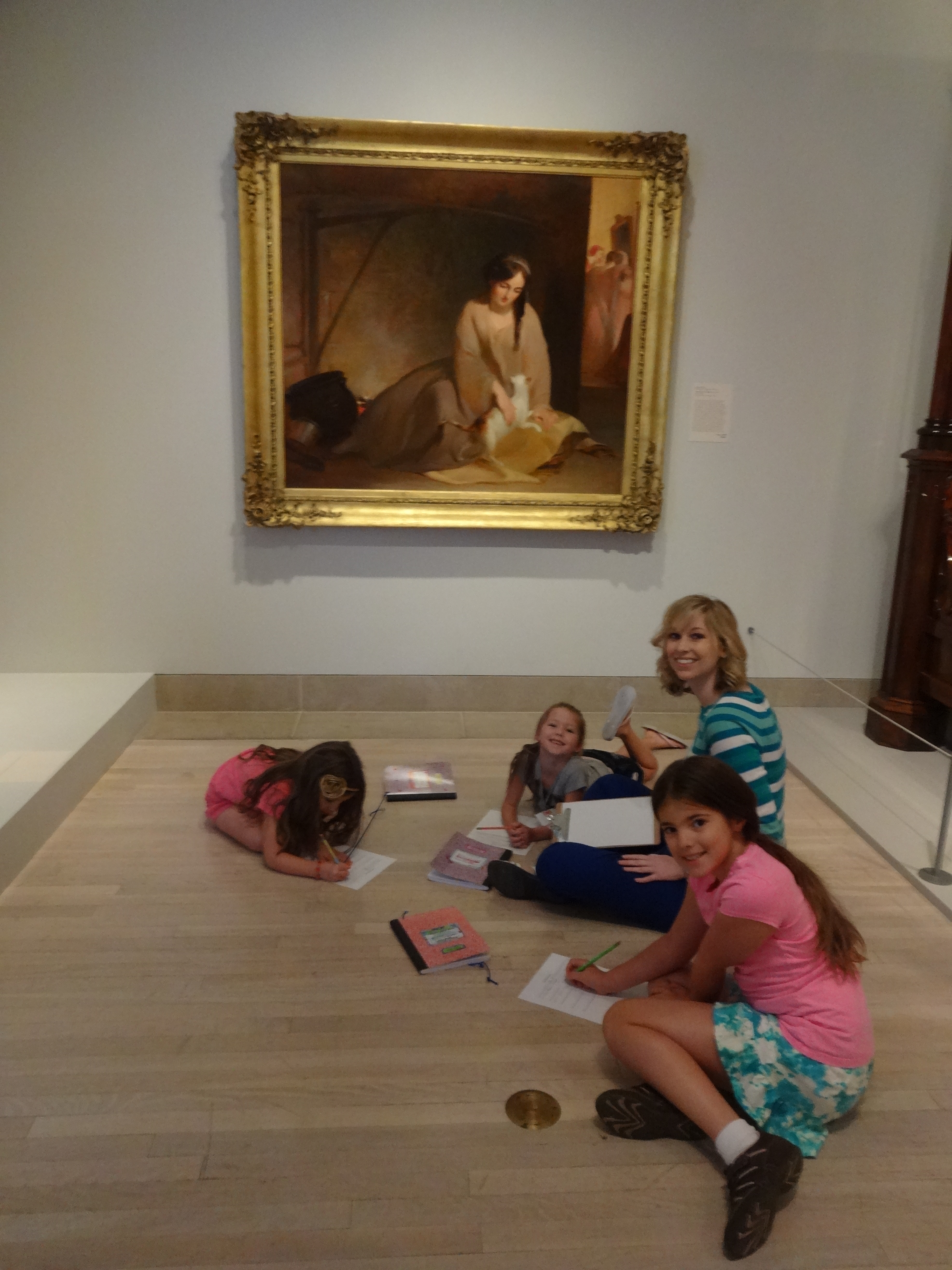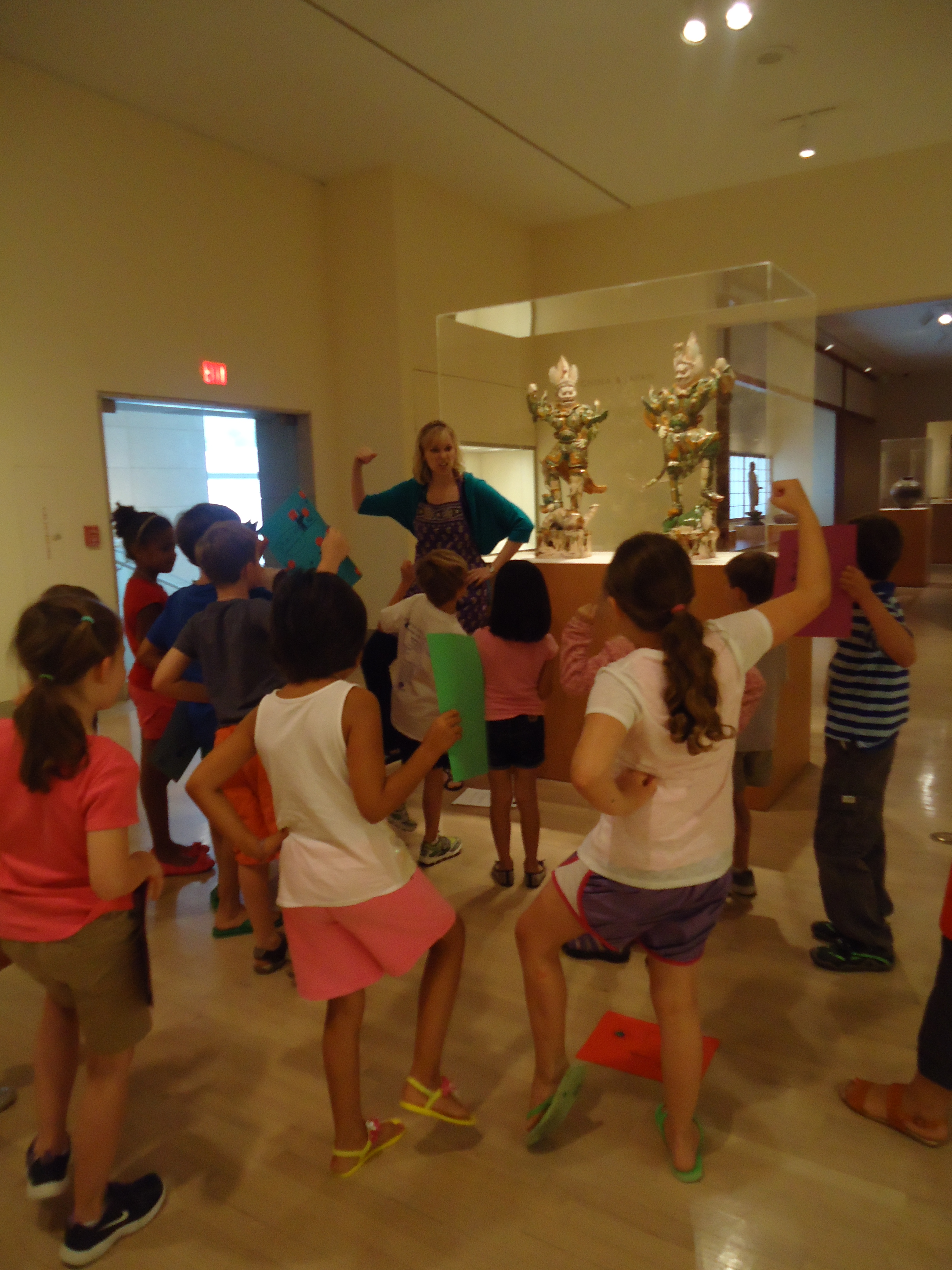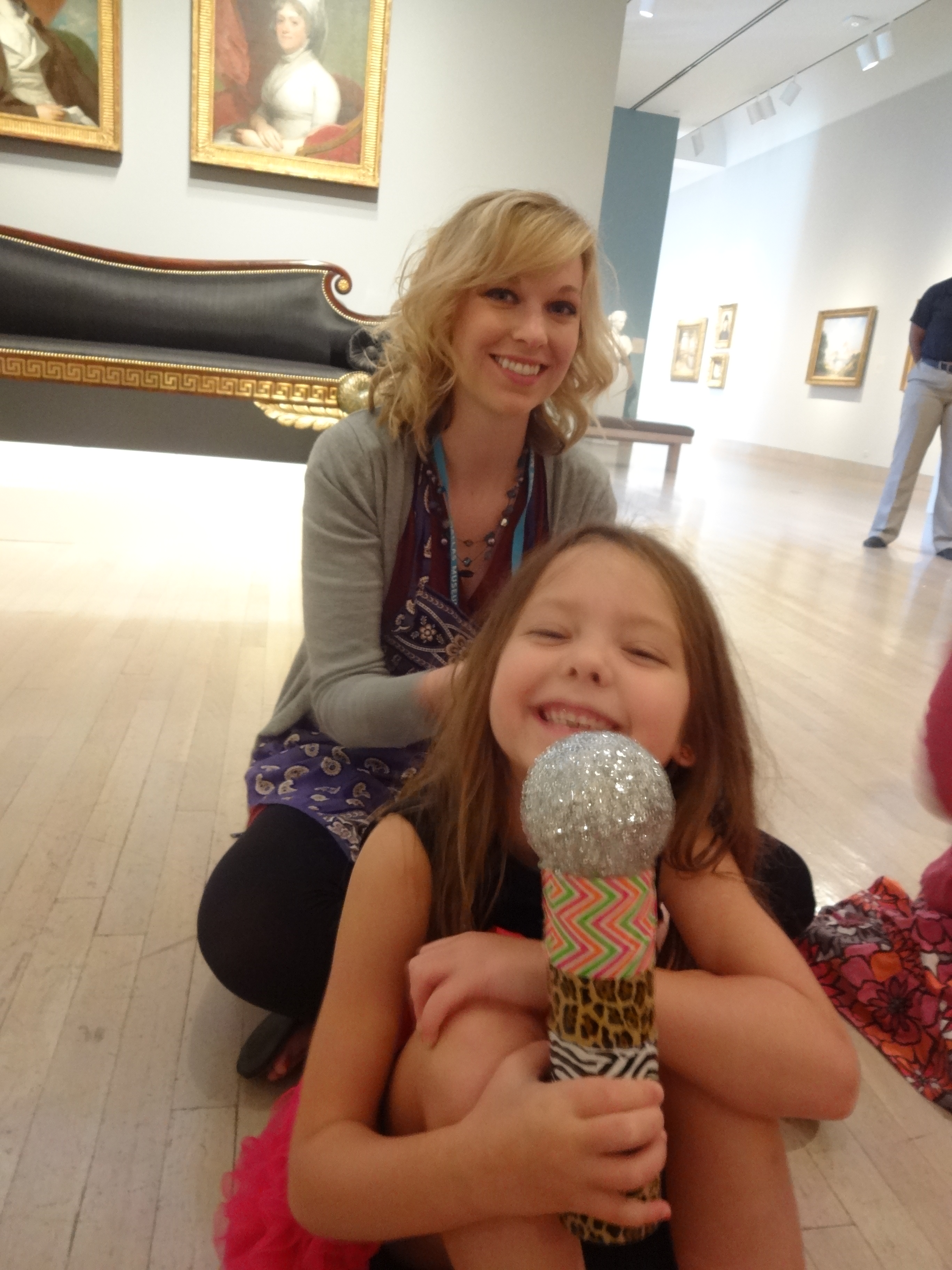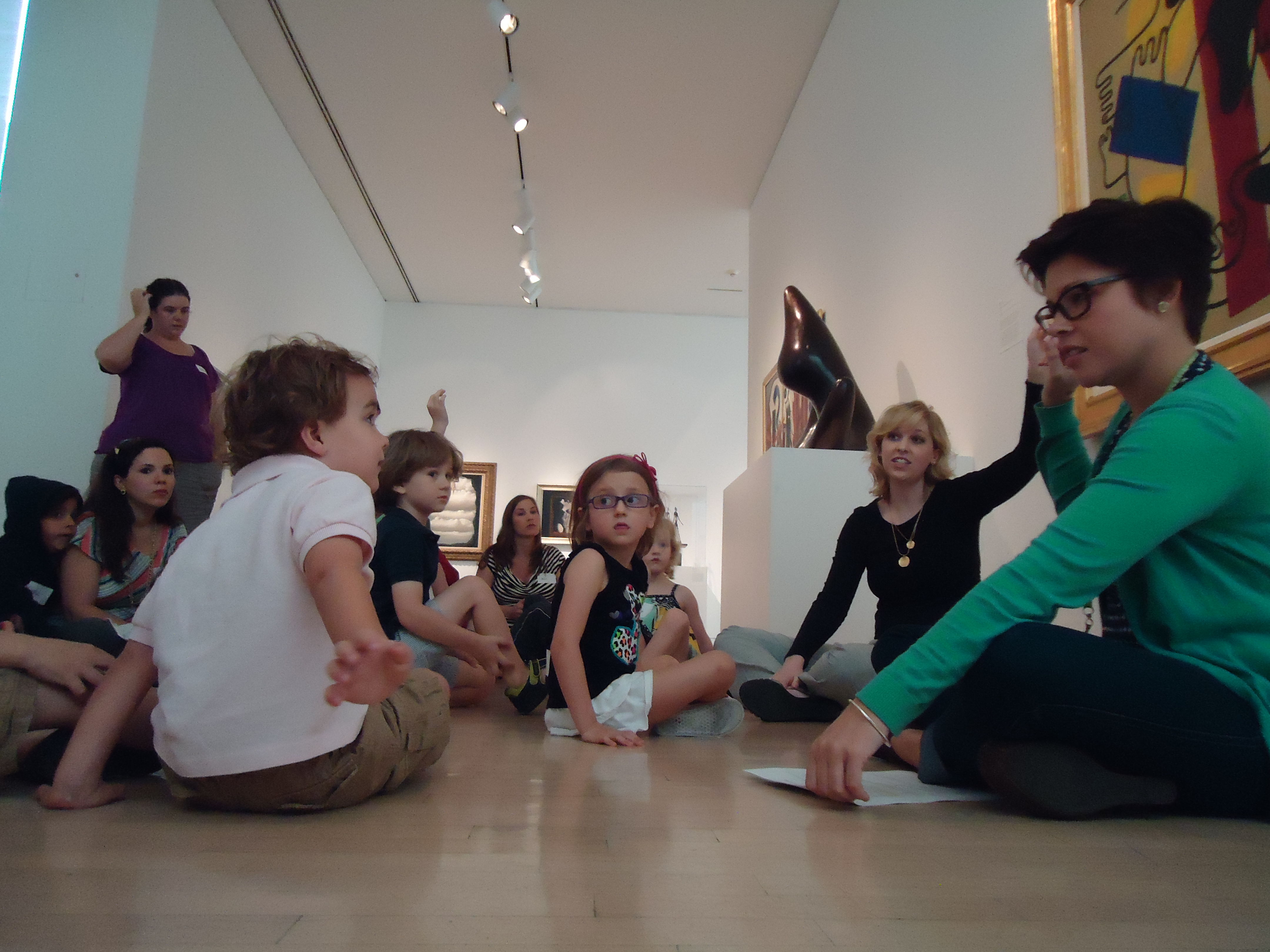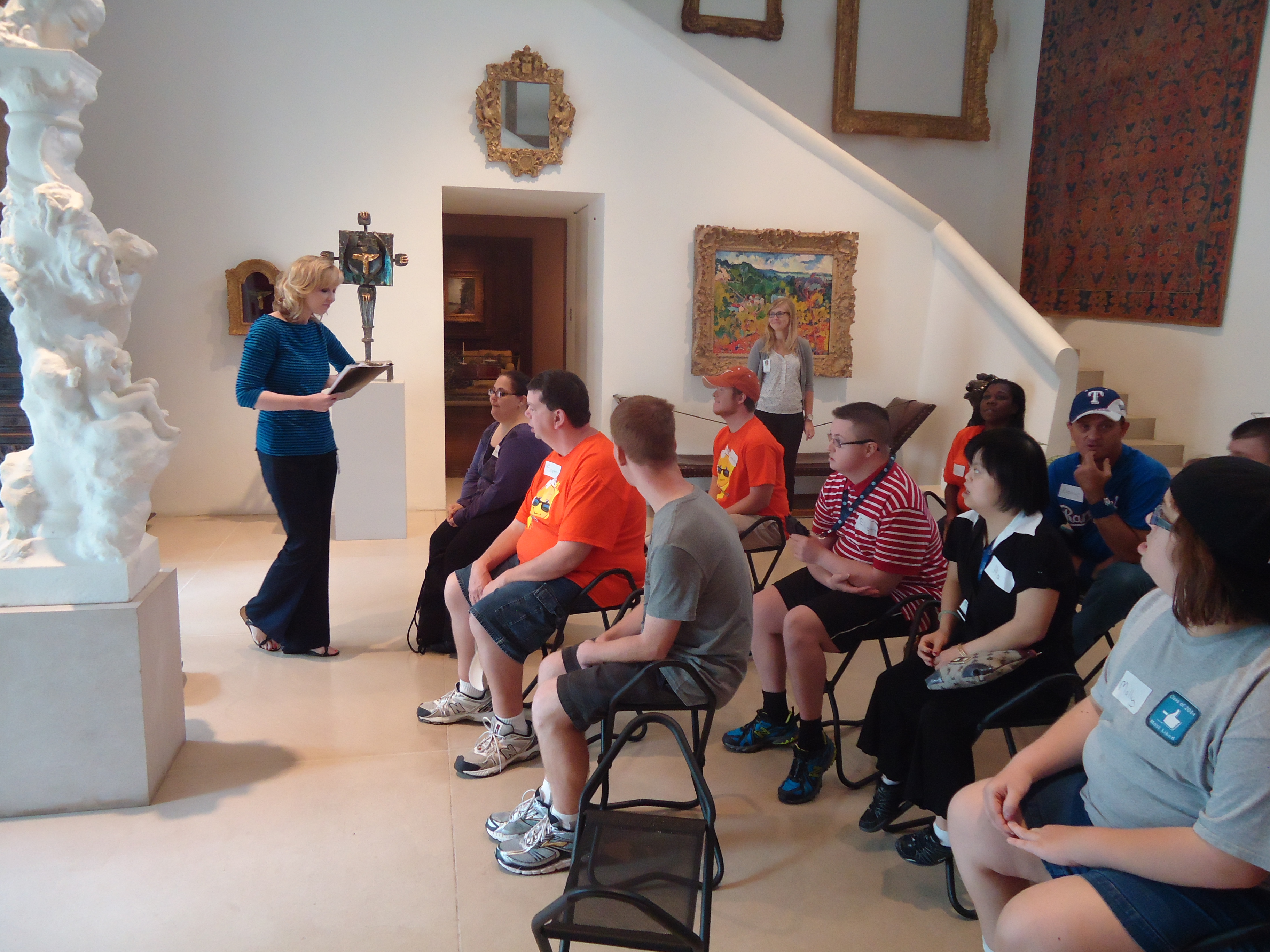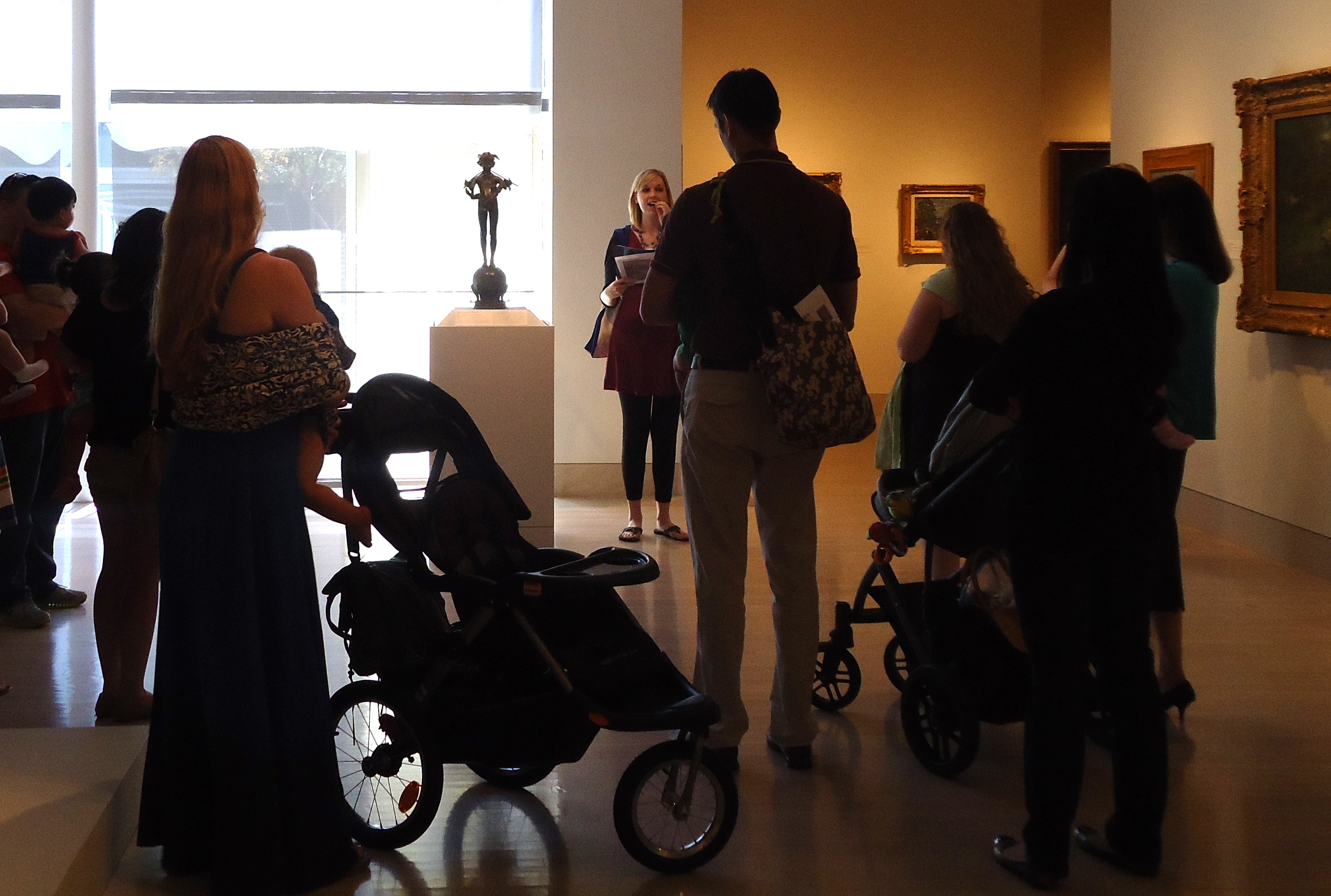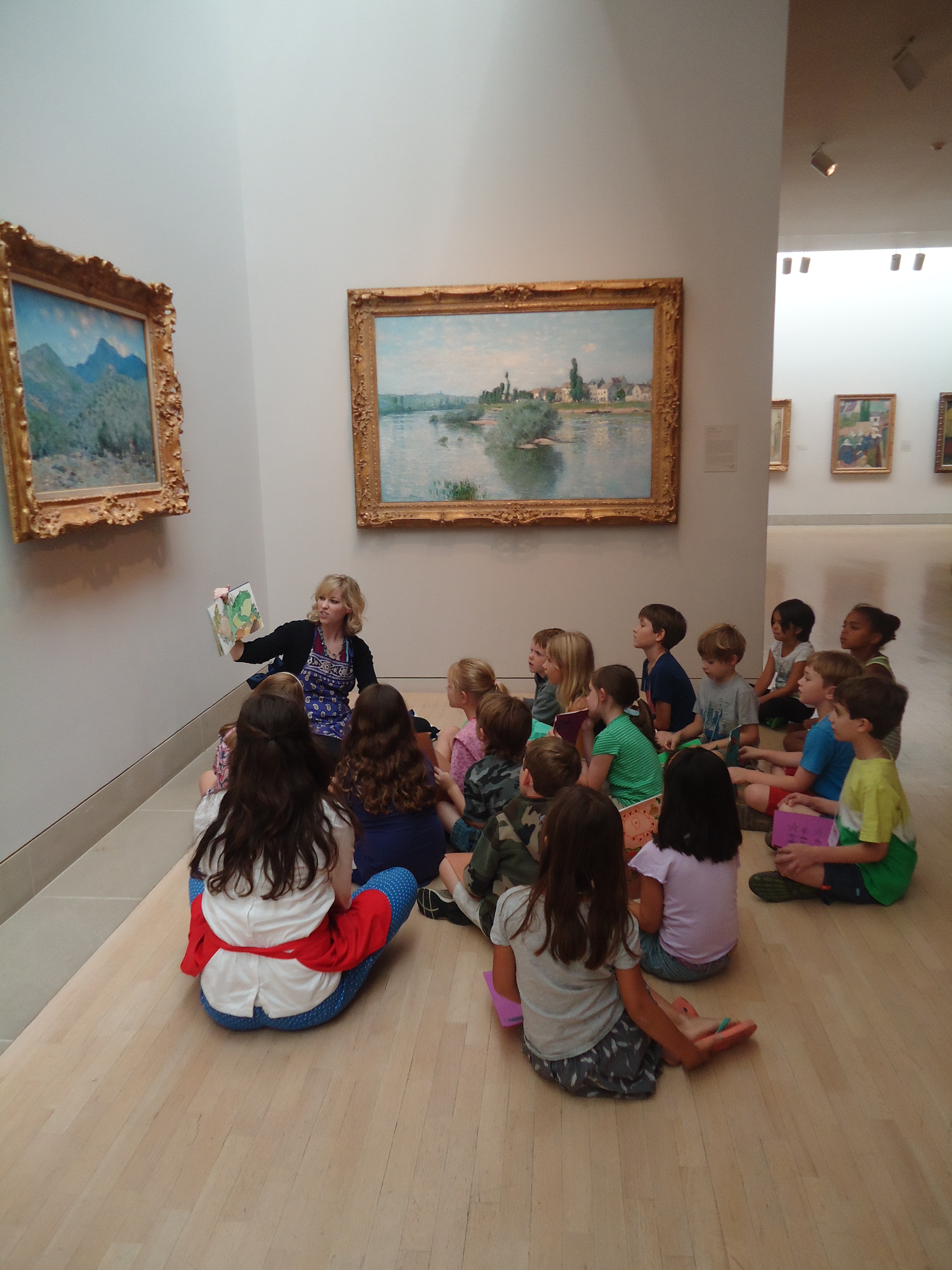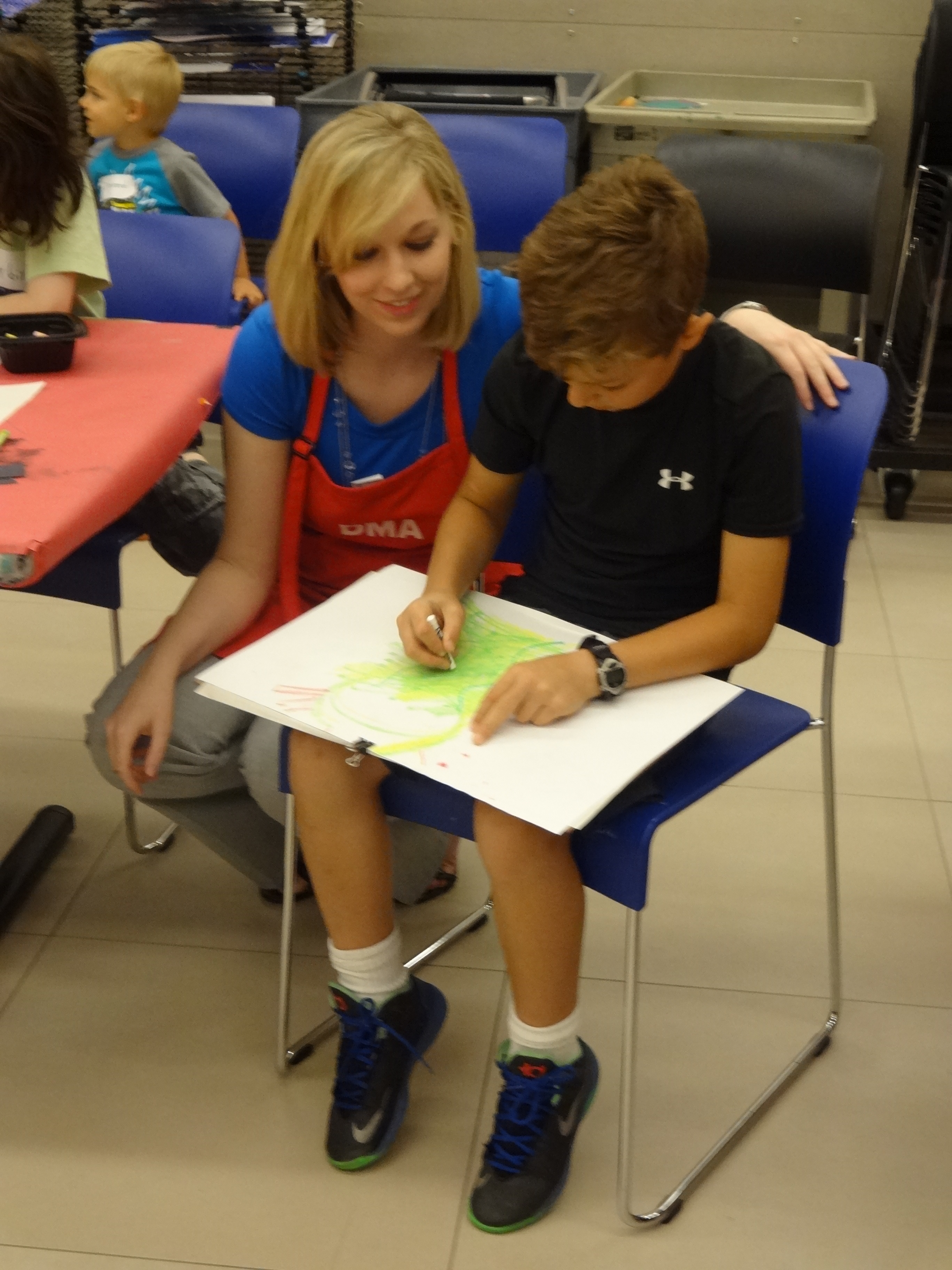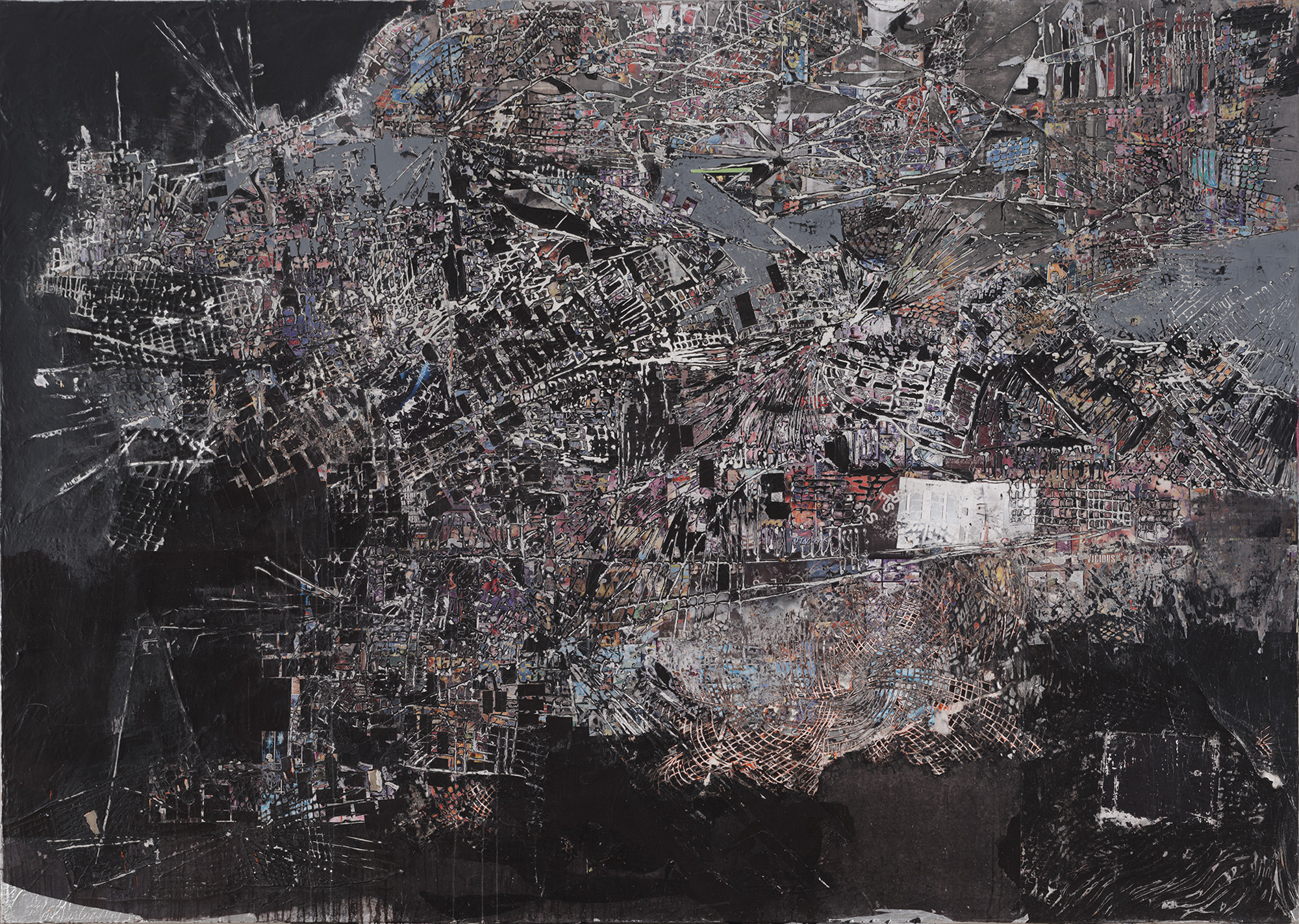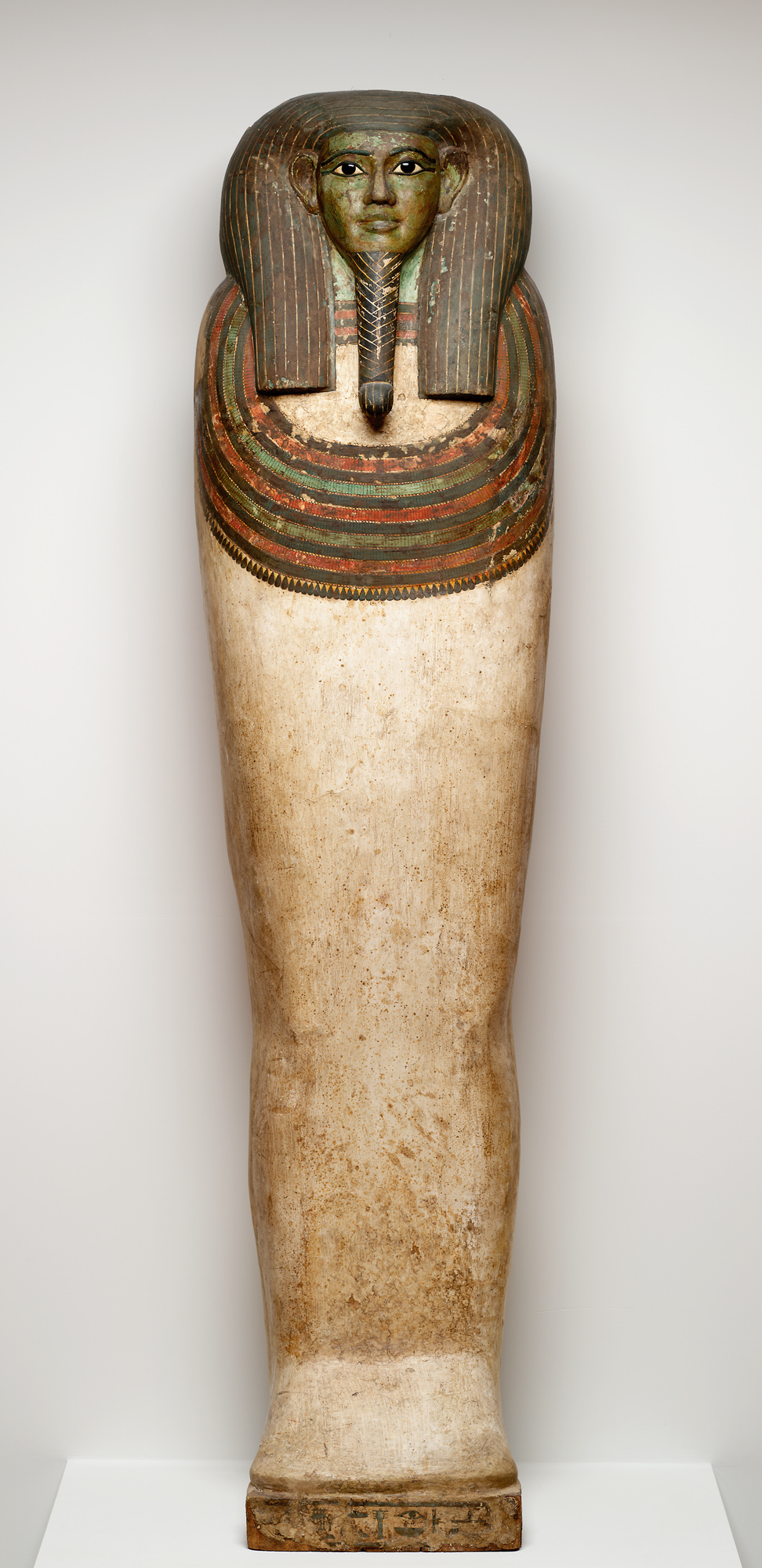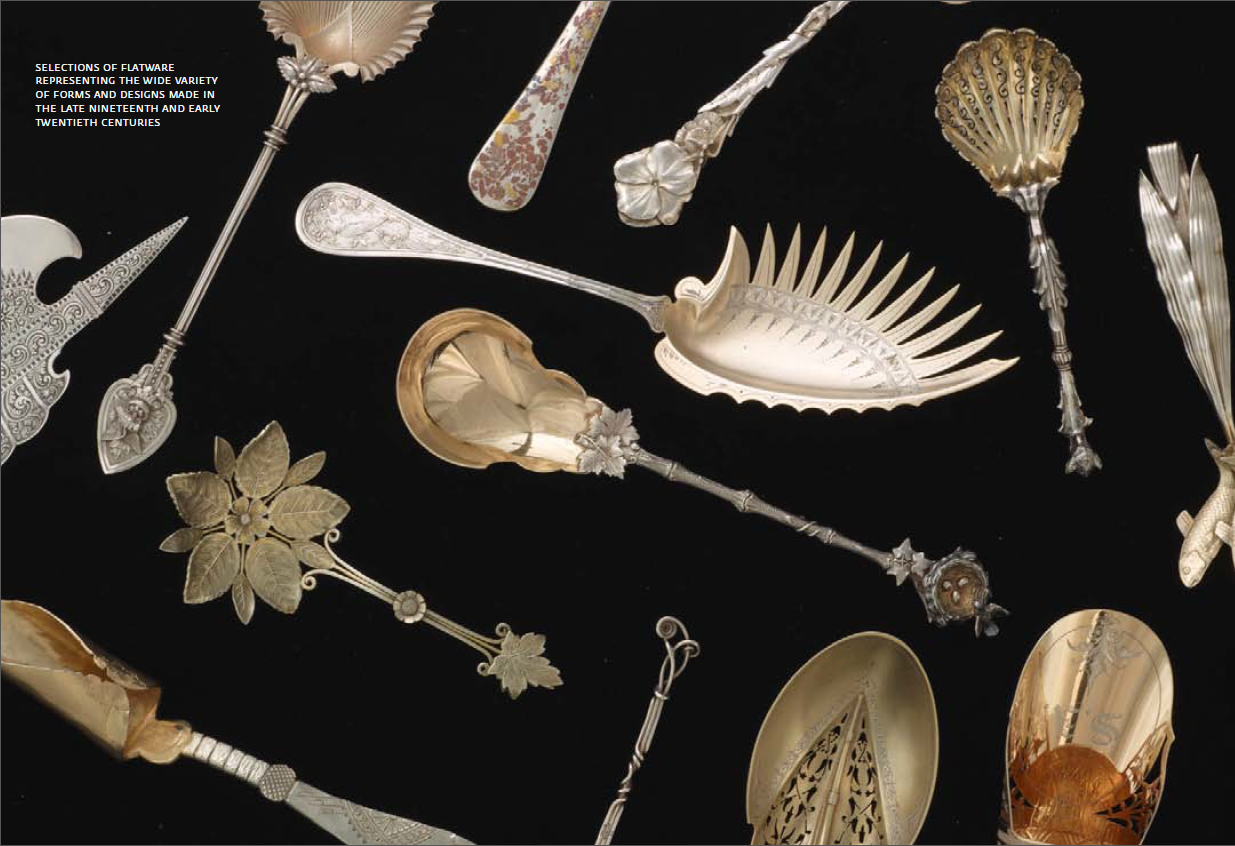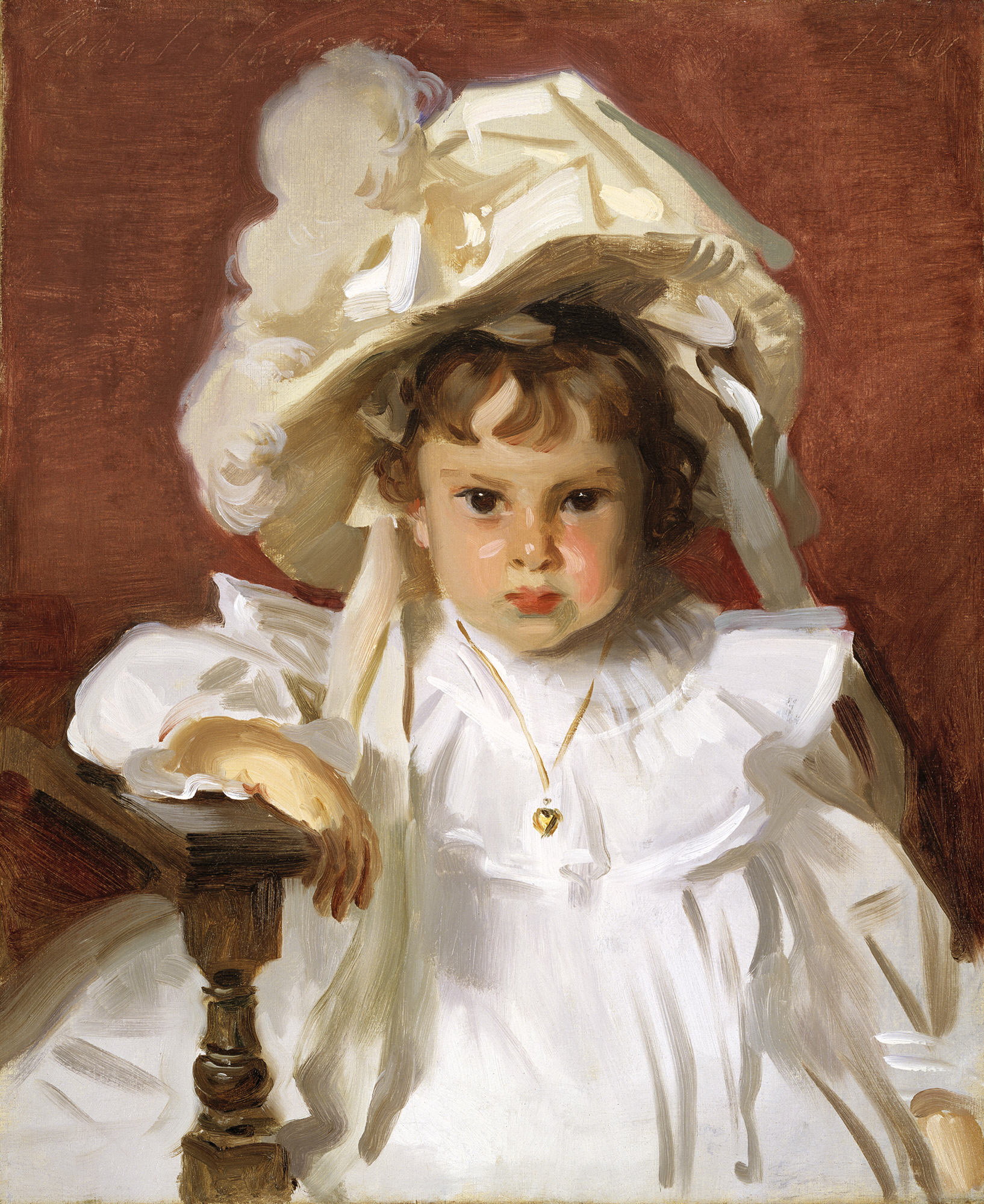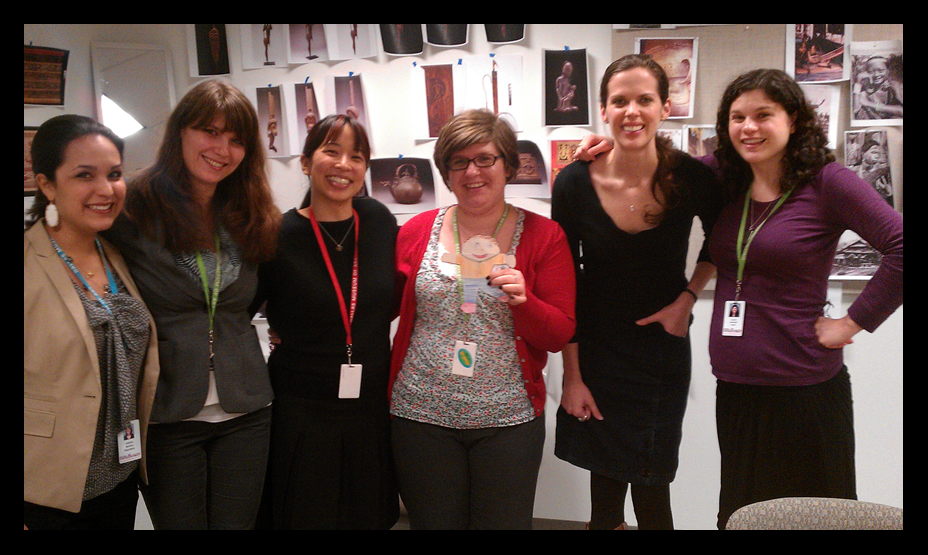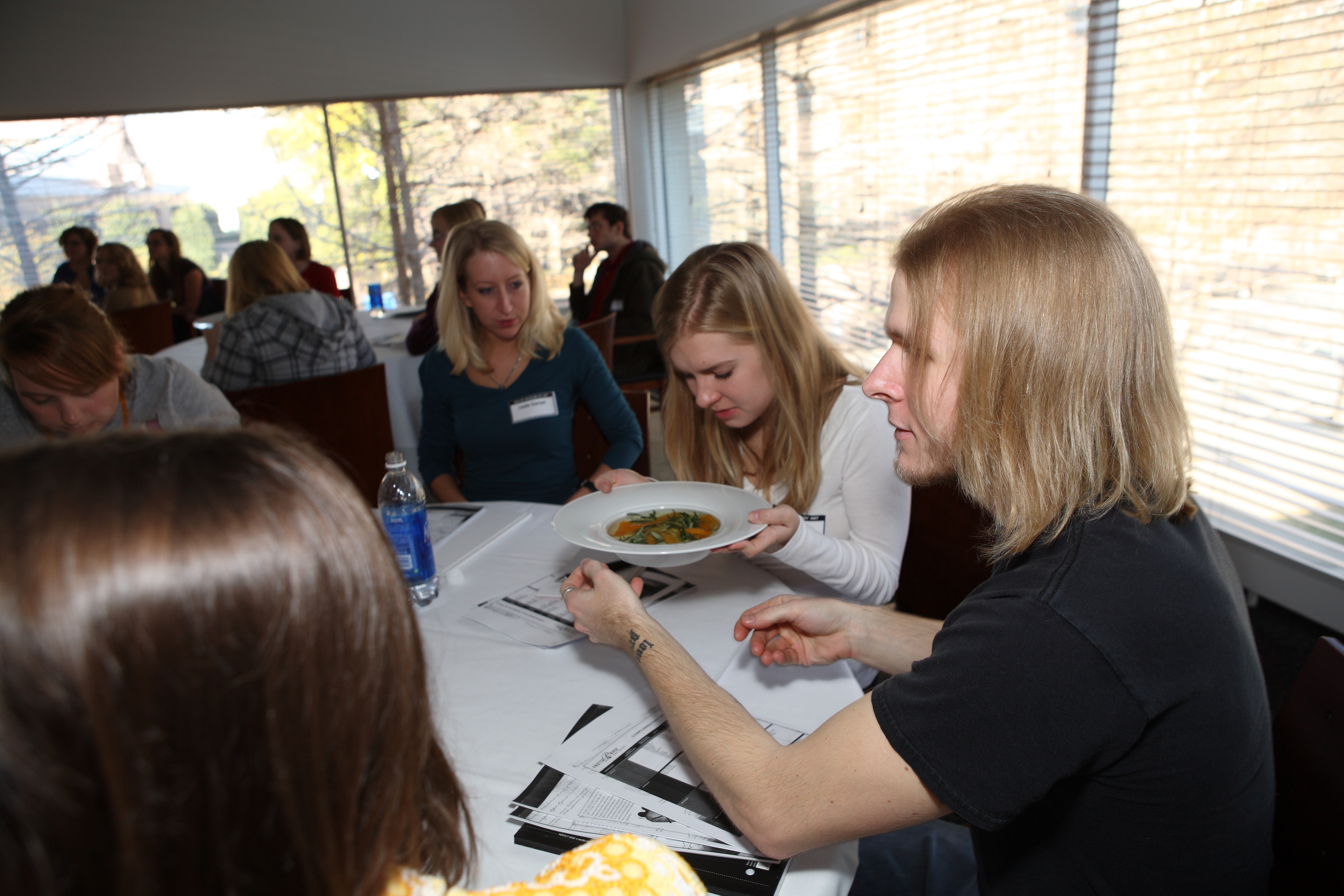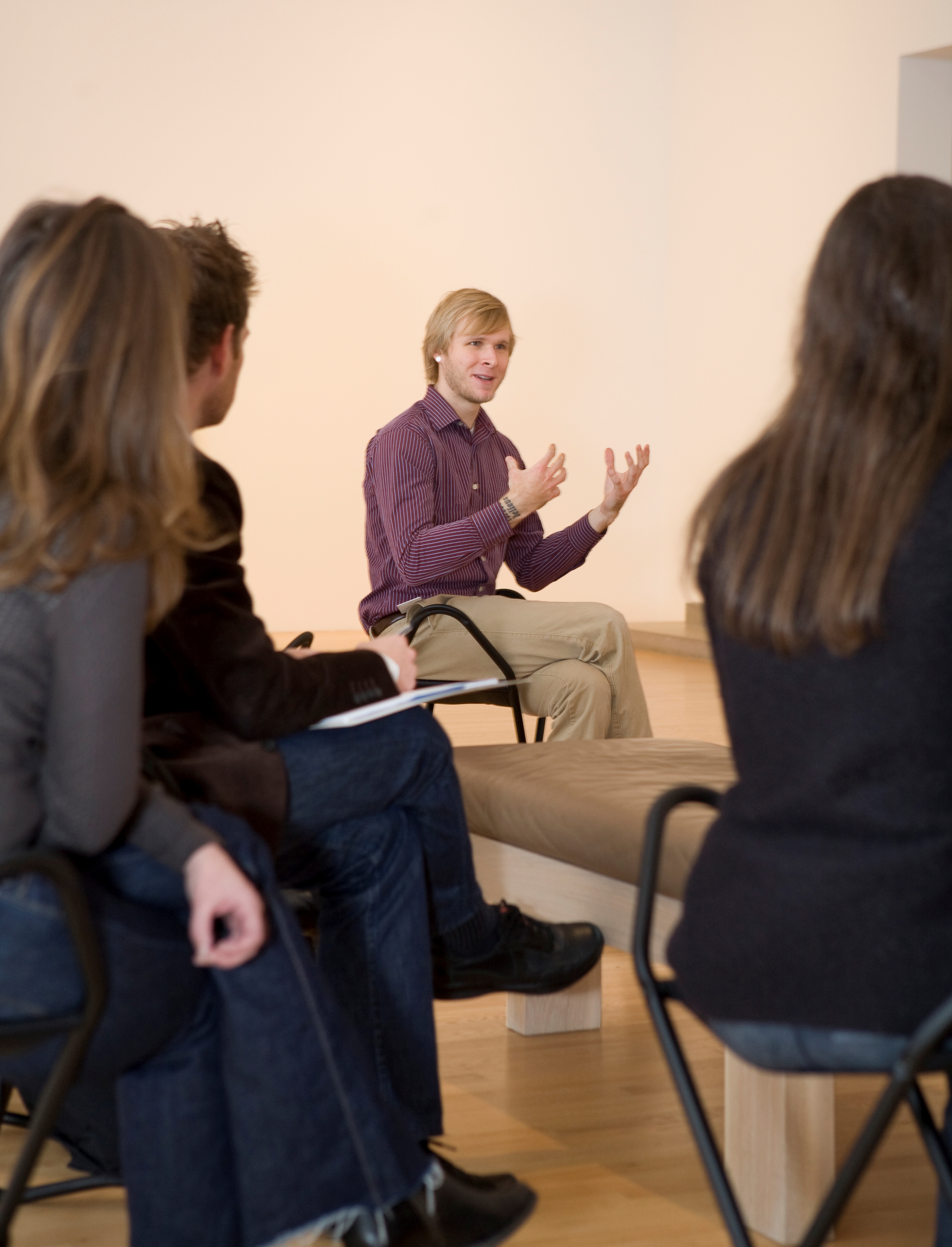Every Wednesday at 12:15 p.m., visitors can meet at the Visitor Services Desk for the Museum’s weekly Gallery Talk. Gallery talks are 45-minute long intimate lectures and discussions that take place in the Museum galleries. These talks are very different from a tour in that they typically focus on a narrow group of objects with a unifying theme within the Museum’s collections or special exhibitions. They are often led by Museum curators, visiting scholars, and Museum staff. Each year, every McDermott Intern leads a gallery talk as part of their internship experience.
I was the first intern up to bat in leading a Gallery Talk titled The Art of Appropriation: “Exotic” Motifs in European Art.
Below are images of several of the objects I discussed during the talk.
[slideshow]
I decided to focus on appropriation art, a topic taken from my honors thesis as an undergraduate at SMU. I’ve done extensive research on chinoiserie, an 18th-century European decorative arts movement inspired by Asian motifs, and this served as the starting point for my investigation of Asian-influenced objects in the DMA’s collections. The talk emphasized four main topics in the discussion of these objects.
1. The definition and different types of appropriation art or art that crosses cultural boundaries. For example, the colonial Mexican screen pictured in the slideshow appropriates styles, motifs, and subjects from Japan, China, the Netherlands, and ancient Rome. See if you can determine which element can be attributed to which country!
2. Early (13th to 17th century) travel, trade, and other forms of contact between Europe and Asia. Cosmopolitan objects, such as the Mexican screen, would not have been possible without cross-cultural exchange of information and goods between the two continents. This exchange manifested in the early accounts of travelers like Marco Polo, the trade of goods and publication of scientific surveys through the various East India Companies, and missionary publications.
3. 17th- and 18th-century Chinese and Japanese exports and subsequent European “copies.” Objects such as the Charger seen above represent early porcelain exports from China (made at the Jingdezhen imperial kiln) and the influence of European taste on their decorative elements. Due to the relatively high cost of these imports, Europeans began making faience, and later porcelain, copies of Asian-produced objects.
4. The contradictory pairing of exoticism and ethnography in the 19th-century. The 19th-century saw the emergence of the field of ethnography, fueled by the World’s Fairs and a growing body of “scientific” literature. However, the notion of the East as a mysterious and exotic land persisted as seen in the painting above by Alfred Stevens that showcases the artist’s collection of Japanese screens, Chinese porcelain, and Kashmir textiles within the quintessentially French context of the salon.
Leading a gallery talk is a unique experience for an intern, and all in all it was very enriching, though a bit nerve-racking. This topic was especially rich to share with museum visitors, as most everyone has experience with some type of appropriation! It is a ubiquitous presence in our lives from advertisements that include famous works of art to the millions of souvenir stands selling Mona Lisa key chains or Mao Zedong t-shirts. Post your example of appropriation to the comments section!
Upcoming Gallery Talks for the month of January include:
January 5th: Must be Willing to Travel: Early American Portraitists and the Transatlantic Exchange, led by Sara Woodbury (McDermott Graduate Curatorial Intern for European and American Art)
January 12th: Form/Unformed: Design from 1960 to the Present, led by Kevin W. Tucker (The Margot B. Perot Curator of Decorative Arts and Design, DMA)
January 19th: Topping It Off: Portraits of Women in Fashionable Hats, led by Sarah Vitek (McDermott Education Intern for Adult Programming)
January 26th: European Art and the Rosenberg Collection, led by Heather MacDonald (The Lillian and James H. Clark Associate Curator of European Art, DMA)
Ashley Bruckbauer
McDermott Education Intern for Resources and Programs for Teachers
